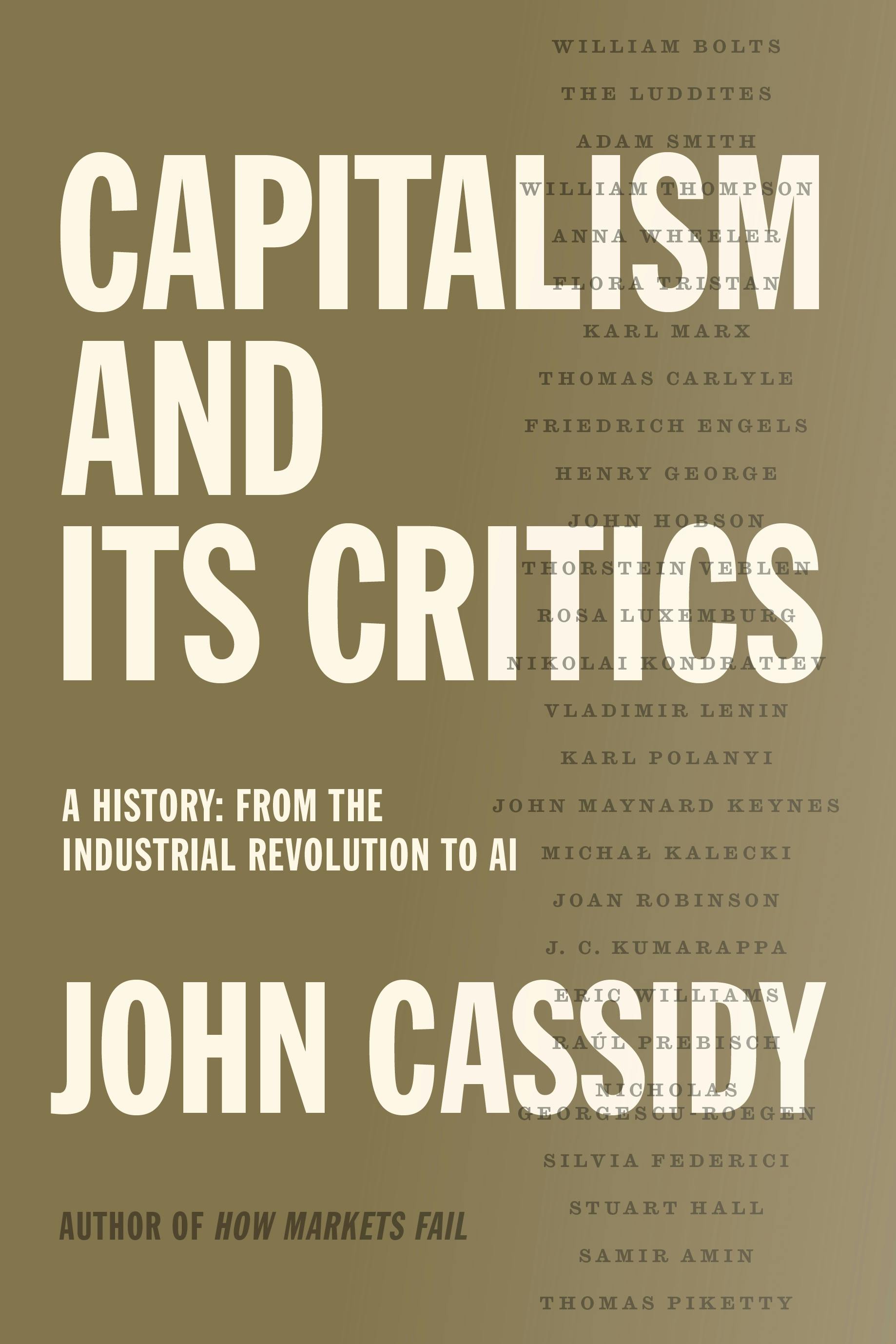In 2008, on the precipice of the global financial crisis, the British journalist Philip Delves Broughton published a book recounting his experience studying at Harvard Business School. The subtitle of his book, issued in the United States under the title What They Teach You at Harvard Business School, christened the venerable institution “the cauldron of capitalism.” Broughton’s memoir painted a devastating portrait of the American business elite: at once complacent and overworked, self-satisfied and spiritually diseased, and walled off from any evidence that contravened its belief that its members were not just exceedingly clever but also making the world a better place.
These days, however, doubt is bubbling up from the cauldron of capitalism. Global economic inequality, the rise of the right in both hemispheres, and the specter of climate change will be on the business-school syllabus whether one likes it or not. In 2023, toward the end of the Biden administration, a Harvard Business School blog published a post titled “Capitalism Faces Systemic Challenges That Require Systemic Solutions,” summarizing the research of Andy Hoffman, who insisted that “we’re watching this model die under its own weight.” A few years earlier, the prominent HBS professor Rebecca Henderson issued a guide to Reimagining Capitalism in a World on Fire. The New York Times was led to ask: “Have the Anticapitalists Reached Harvard Business School?”
The answer to that question, it would seem, depends on who you think counts as an anticapitalist. It is the great virtue of John Cassidy’s Capitalism and Its Critics that it shows this category to be far more capacious—and even chimerical—than one might at first assume. A New Yorker staff writer and a veteran economic journalist, Cassidy ranges over some 250 years of history unfolding on every inhabited continent to demonstrate that capitalism has been criticized from just about every vantage point imaginable. As he moves from Adam Smith and Milton Friedman to revolutionary socialists, feminists, and anti-imperialists, Cassidy’s title starts to feel like a wry joke: Capitalism’s critics, it turns out, are pretty much everyone.
Cassidy’s purpose in Capitalism and Its Critics is less to endorse any particular critique of capitalism and more to legitimize the very enterprise of criticism in the eyes of those recalcitrants who still feel squeamish about it—those who think there is no alternative. By the end of this 570-page book, Cassidy has made a persuasive case that capitalism cannot survive without policymakers and business leaders taking even quite radical objections seriously, responding to them with another turn of the wheel of capitalism’s perpetual revolution. Like a great white shark, capitalism dies if it stops moving—and the ceaseless antagonism of its critics helps ensure that it never does.
